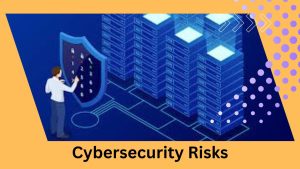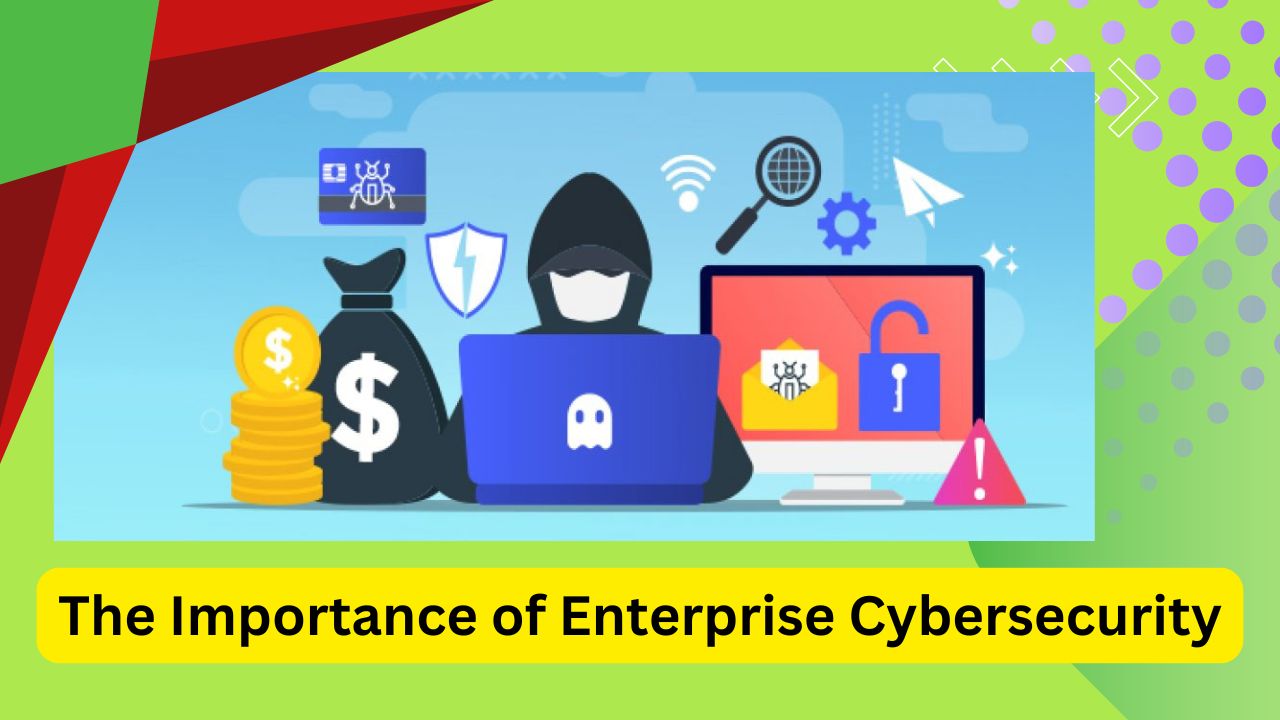Enterprise cybersecurity programs are designed to manage the various impacts of cyberattacks, and are important for several, inlcuding:
Data Security: Enterprise have access to large volumes of sensitive data, including customer data, company data, and intellectual properly. One objective of an enterprise security program is to protect this data against unauthorized access and potential misuse.
Business Continuity: Cyberattacks have the potential to disrupt an organization’s business operations in various ways, such as the loss of access to important data due to a ransomware attack. Enterprise cybersecurity helps to manage these risks to the enterprise and to ensure that the company can continue to operate.
Regulatory Compliance: Enterprises are subject to various regulations related the protection of sensitive data and their business operations. Regulatory compliance is another key objective of an enterprise cybersecurity program.
Reputation Management: A cyberattack against an enterprise can cause reputational damage and potential loss of existing or new customers. Managing cybersecurity risk helps an enterprise protect itself against potential threats to its reputation and customer base.
Incident Response: Enterprise cybersecurity programs include strategies and tools for incident response. This enable companies to more promptly and effectively respond to security incidents.
Cybersecurity Risks

Enterprise face various cybersecurity risks. Some of the most common sources of risk include:
External Attacks: External threat actors may actively seek out and exploit security gaps to access an organization’s systems and data.
Insider Threats: Trusted insiders – such as employees, contractors, and vendors– may takes actions that place the company and its data at risk.
Negligence: Employees and other insiders may inadvertently take actions that create security gaps, such as making cloud storage publicly accessible.
Configuration Errors: Misconfigured setting in cloud infrastructure and other systems may render them vulnerable to attack.
Vulnerable Systems: Vulnerabilities in software, firmware, and operating systems can be exploited by attackers.
Types of Enterprise Security Solutions
An enterprise security architecture is designed to cover the organization’s entire attack surface and the cybersecurity risks id faces. Some types of security solutions that may be present in an enterprise security architecture include network security, cloud security, endpoint security, email security, and mobile security.
Best Practices for Enterprise Cybersecurity
An enterprise cybersecurity framework should offer protection against various cyber threats:
Map to Frameworks: Frameworks like those provided by NIST are designed to implement a holistic, comprehensive cybersecurity strategy. Using these frameworks helps to enure both regulatory compliance and security.
Updates and Patching: Vulnerabilities in software operating systems, and firmware can leave an organization vulnerable to exploitation by an attacker. Promptly installing updates and patches can enable an attacker can take advantage of them.
Employee training: Many cyberattacks –such as phishing — target employees or take advantage of their mistakes. Cybersecurity awareness training can help employee to identify and properly respond to potential threats and avoid errors that could place the organization at risk.
Reviews and audits: Enterprise security controls should be regularly reviewed and audited to ensure that they continue to meet the organization’s security needs. Updates may be needed due to changing IT nifrastructure, evolving threats, and other changes to the security risks that an organization faces.
Enterprise Cybersecurity with Check Point
Enterprise cybersecurity is a complicated challenge due to the sprawling, complex IT infrastructure of the modern enterprise. The best way to product an enterprise against cyber risk is via an integrated, centrally-managed enterprise security architecture.
Check Point offers solutions designed to make effective cybersecurity more accessible to enterprises. Check Point (ELA) Provides access to a wide array of Check Point security solutions under a single company-wide license. To learn more about how security integration can improve your enterprise cybersecurity, sign up for a free demo of Check Point’s unified cybersecurity platform.









